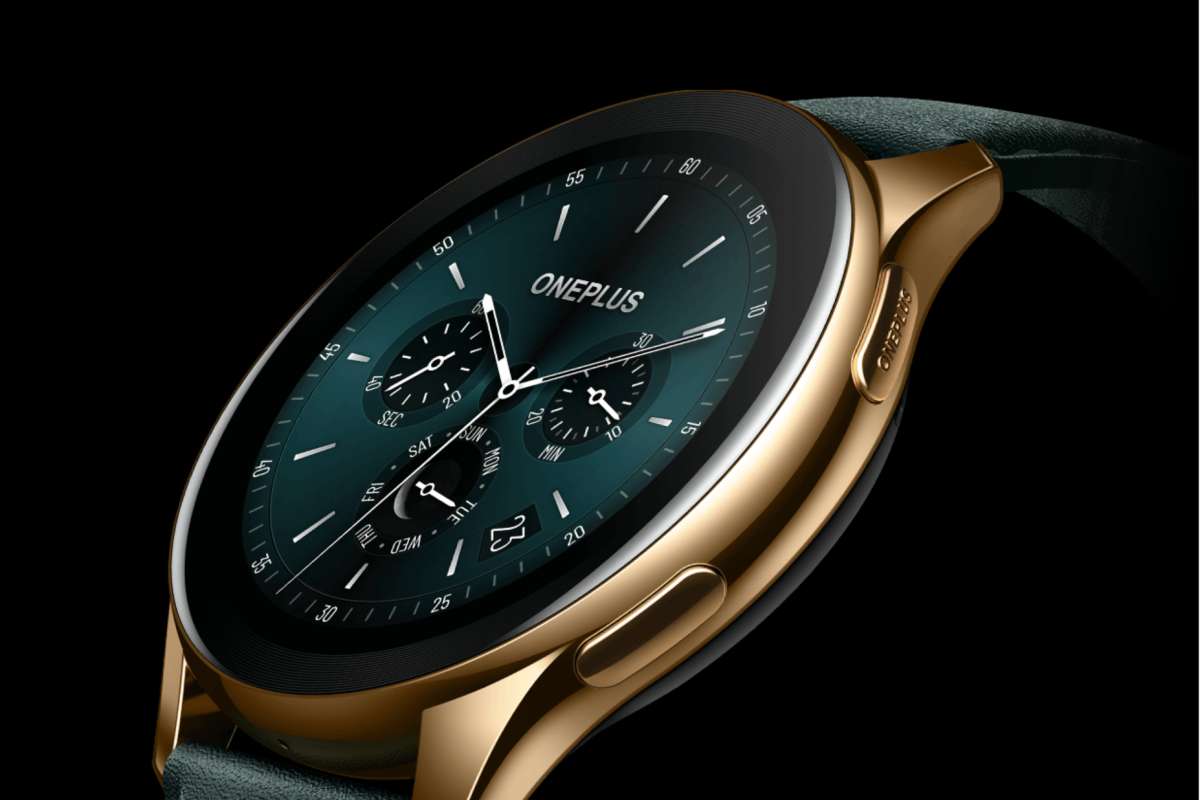Numerous smartphone brands have recently jumped into the fitness tracker segment and launched smartwatches with highly promising features. OnePlus is also one such brand that entered the segment last year, and now it has launched its OnePlus Watch alongside the launch of its flagship smartphones. The health tracker comes with an array of features, including a real-time heart rate sensor, SpO2, sleep monitoring, and more. Heart-rate sensors and sleep monitoring sensors are still understandable for many of us, but do you know what a SpO2 sensor is and how it works? If not, then you are at the right place. In this article, we have explained almost everything about the sensor. Keep reading to know more about the SpO2 sensor.
What is SpO2?
In simple words, the SpO2 sensor is capable of measuring your blood oxygen level. The human body needs oxygen to survive, which means that higher SpO2 levels are good for us. If you have lower levels of SpO2 means, you have symptoms of Hypoxemia. According to the reports, 95%-99% is a normal reading for SpO2.
How does the OnePlus Watch Measures SpO2 levels?
Fitness trackers like the OnePlus Watch are capable of measuring SpO2 levels in a similar way to how a heart-rate monitor works. The device uses a highly sensitive photodetector that is capable of seeing the haemoglobin in the user’s blood vessels. Smartwatches like the OnePlus Watch uses the reflectance pulse oximetry technique to measure SpO2 levels. In simple words, in this method, the device projects the infrared and red light to the user’s body surface and the light reflected from the subcutaneous tissue to the sensor. The blood oxygen level is determined between the release and reflection of light. However, do note that this is accurate to a certain level; that’s the only reason manufacturers claim that their devices should not be used for medical diagnosis.
Why are SpO2 Levels Important for Users?
Higher SpO2 levels are important for all the users, but it matters widely for two types of users - Athletes and people with health conditions. Athletes keep an eye on SpO2 levels because while training, their body needs more oxygen, and the demand for oxygen impacts their training sessions. People who take altitude training need to monitor their SpO2 levels because it’s difficult for them to extract the exact amount of oxygen in high or low altitudes. Studies suggest that oxygen levels at sea level are around 21%, but they can drop up to 15% when you cross the threshold of 3000 meters. SpO2 monitor will be a great help for people having medical conditions like sleep apnea. It is a condition where people wake up at irregular intervals during the night due to difficulty in breathing. Smartwatch with this feature can monitor the movement during sleep, and it can alert the users about the problem and allow them to take necessary action.
